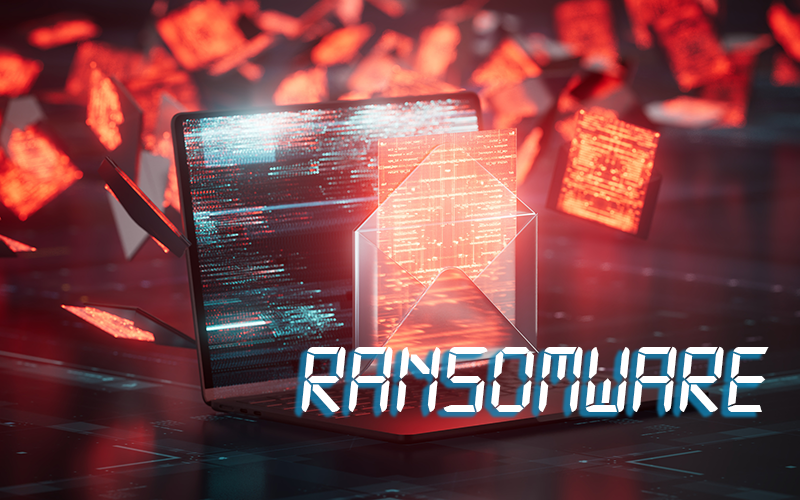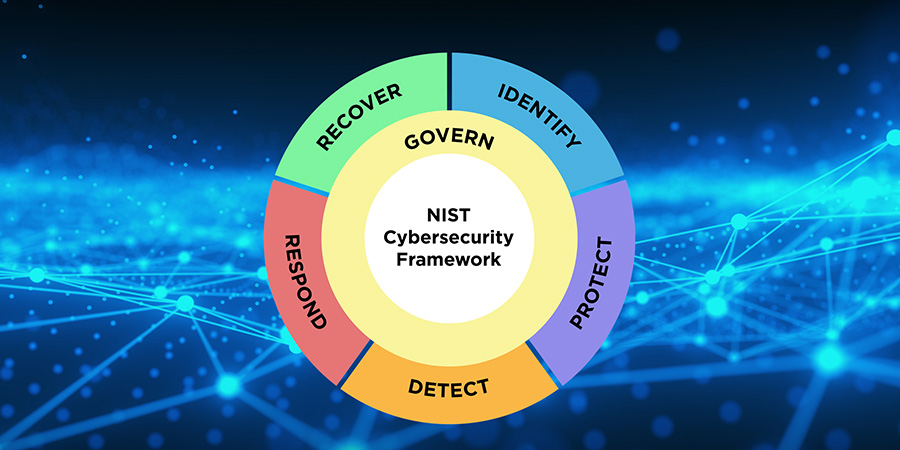Over the last several years, IT teams have witnessed a surge in the number and diversity of end-user devices and endpoints that are connecting to their networks. As we know, the pandemic forced many organizations to kick their modernization and digital transformation efforts into high gear. To keep their workforces safe and healthy – while enabling them to collaborate – organizations scrambled to adopt remote technologies that would allow employees to continue operations from home. This meant they had to rely on cloud, mobile, and IoT endpoint connections to access work-related data and applications.
The adoption of these now ubiquitous technologies accelerated the evolution of the network perimeter. As a result, this increase in endpoints has led to new challenges for organizations, such as increased vulnerability to cyber-attacks and the need for more robust endpoint management and security measures. Many enterprises are now investing in endpoint security solutions such as antivirus software, firewalls, and endpoint detection and response (EDR) tools to protect their sprawling networks from these threats.
Endpoint security risks and threats explained
Modern IoT technologies, such as sensors, cameras, smart home appliances, and other network-enabled devices are pervasive in today’s society. These devices are often designed to collect and transmit data, meaning they need to be connected to a network to function. When workforces began working remotely en masse, their personal IoT device connections at home presented a cybersecurity risk to IT networks.

Further complicating the issue, these devices often have different operating systems, applications, and security needs, which can make managing and securing them more challenging for organizations. So, when these devices do connect to the network, a new potential attack path is created for a hacker to exploit, and many times – due to the sheer volume of endpoint connections that link to the network – these vulnerabilities can be hard for IT teams to detect.
That is why many in the cybersecurity community consider IoT to be both a blessing and a curse for organizations. On one hand, IoT can increase the efficiency of an organization’s services and workflows, but on the other hand, it can simultaneously serve as a primary source of cyber risk if IT networks are not properly secured with EDR protection.
Cloud computing has also led to an increase in endpoints. With more organizations relying on cloud-based services, employees need to connect to these services from a variety of devices and locations, which inevitably leads to an increase in the number of endpoints connecting to the cloud.
Four ways that endpoints make IT networks susceptible to cyber-attacks:
- Vulnerabilities
IoT devices are often designed to be low-cost and have limited computing power, which means they may not have robust security features. This can make them vulnerable to cyber-attacks and can enable malicious cyber actors to gain access to the network. - Compromised credentials
End-user devices can be targeted by attackers to steal and exploit user credentials, such as passwords, which can then be used to gain access to other parts of the network. This can happen if an employee clicks on a phishing email or downloads malware onto their device. - Network segmentation
IoT devices are often connected to the same network as other devices, which can create opportunities for attackers to move laterally across the network once they have gained access to an IoT device. - Privacy concerns
IoT devices often collect and transmit data, which can create privacy concerns for organizations and their customers. If this data is not properly secured, it can be intercepted and used for malicious purposes.
So how can enterprises develop a mature endpoint security posture to combat these 4 risks? Organizations need to take a holistic approach. Here’s some useful advice on what you can do.
Nine best practices for minimizing risks posed by potential endpoint vulnerabilities:
 Network segmentation
Network segmentation
IoT devices should be segmented from other parts of the network to limit the potential impact of a security breach. When organizations segment their networks, they are essentially isolating IoT device endpoints from other parts of the network. Network segmentation should include strong authentication mechanisms to protect against compromised credentials, security tools such as firewalls, intrusion detection and prevention systems, and endpoint security solutions to protect against attacks. This can be achieved by creating a separate network or virtual local area network (VLAN) for IoT devices.- Access control
It is recommended that enterprises adopt strong authentication mechanisms to ensure that only authorized users can access IoT devices and data. This can include multi-factor authentication (MFA) and role-based access control. - Encryption
All IoT data should be encrypted both in transit and at rest to ensure that it cannot be intercepted or tampered with. This can be achieved through using TLS/SSL and VPN protocols. - Patch management
IoT devices should be kept up to date with the latest security patches to address vulnerabilities as they are discovered. - Endpoint security
It is strongly recommended that enterprises deploy endpoint security solutions such as antivirus software, firewalls, and intrusion detection and prevention systems to protect against attacks. - Data loss prevention
Implementing data loss prevention (DLP) solutions can prevent sensitive data from being exfiltrated from enterprise networks. - Monitoring and logging
In order to detect and respond to security incidents in a timely manner, organizations should implement robust monitoring and logging solutions. - IoT device management
Organizations must also develop and employ policies and procedures for IoT device procurement, deployment, management, and retirement. This will ensure that IoT devices that are connected to IT networks are deployed in a controlled and secure manner. - Workforce culture
Organizations should prioritize workforce cybersecurity training and awareness to help reduce the risk of human error and mitigate potential attacks. When employees are aware of the risks and know how to use IoT devices safely and securely, they will be on the lookout for potential threats, which in turn minimizes the chances of a breach or attack.
A layered approach to cybersecurity
Overall, deploying a layered approach to security that incorporates multiple security solutions and technologies can help organizations reduce the risk of data leakage and cyber risks associated with IoT devices. By following these nine steps, agencies can realize the benefits of IoT – such as increased efficiency, improved data analytics, and enhanced customer experience – without the security vulnerabilities.
Endpoint security solutions
Interested in learning more about Endpoint security and how Signal Hill Technologies’ solutions can help? Contact us today.



